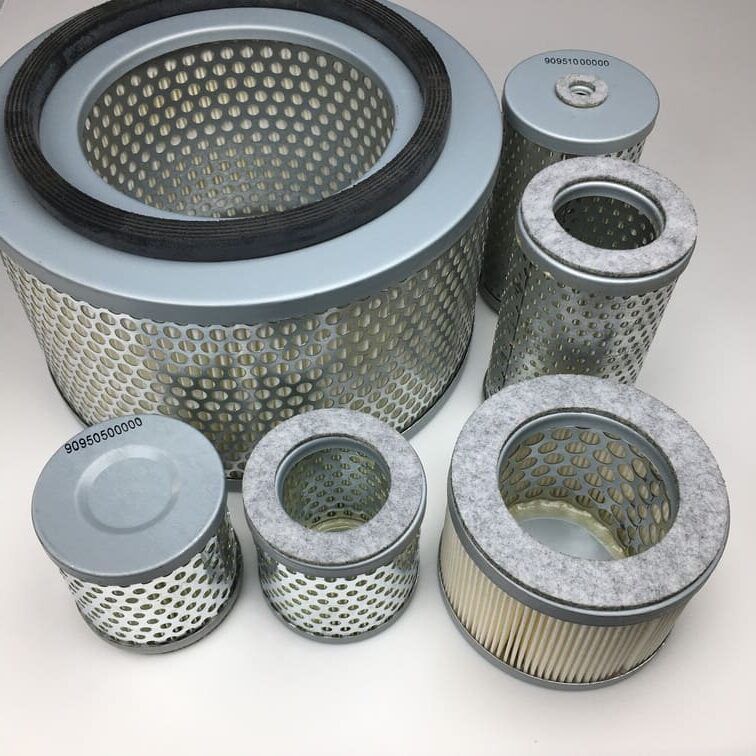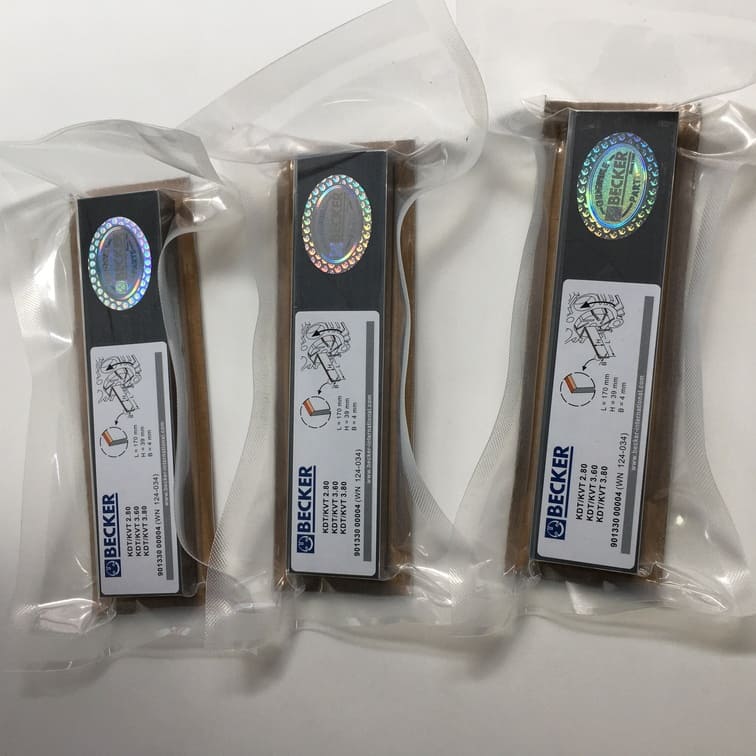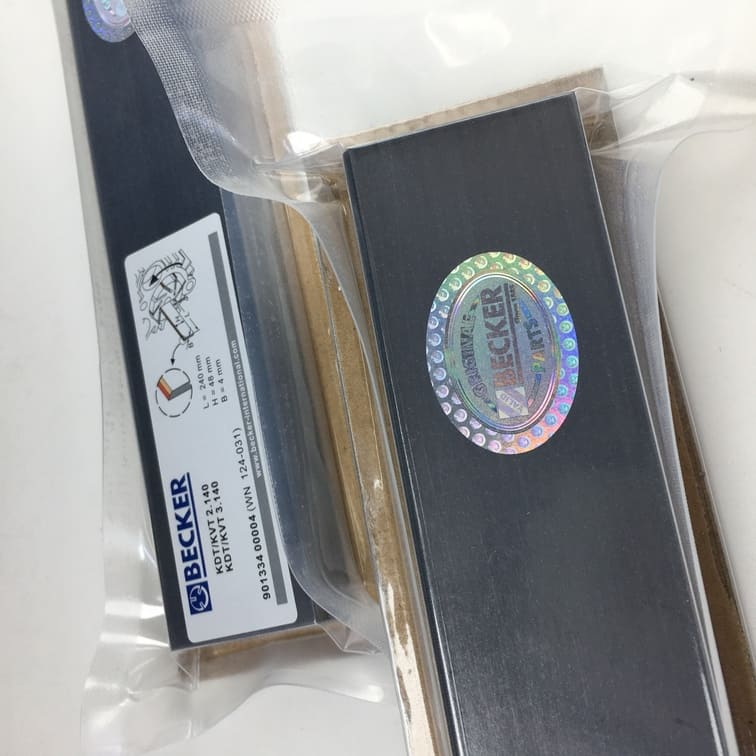What Do Refrigeration Vacuum Pump Stages Mean?
Refrigeration systems are essential in a wide range of industries, from food preservation to medical equipment. At the core of these systems is the vacuum pump, which plays a vital role in maintaining the efficiency and safety of the cooling process. However, you may have heard terms like “single-stage” or “two-stage vacuum pump,” and wondered, what do these stages mean? This article will dive deep into the distinctions between the different types of refrigeration vacuum pumps and why they matter for your system’s performance.
Understanding the Role of Vacuum Pumps in Refrigeration
The Basics of Vacuum Pumps in Refrigeration Systems
A vacuum pump is used to remove air, moisture, and other unwanted gases from a refrigeration system to create a vacuum. This vacuum is crucial for several reasons:
- Moisture Removal: Moisture in a refrigeration system can lead to issues like ice formation and corrosion. A vacuum pump helps in removing these elements to maintain system performance.
- Eliminating Non-condensables: Air and other non-condensable gases in the system reduce efficiency by raising system pressure and preventing proper condensation.
- Leak Detection: A vacuum pump can also be used to test the integrity of a system, making it easier to detect leaks before refrigerant is added.
Why Vacuum Pump Stages Matter
When you hear the term “vacuum pump stage,” it refers to the number of compression cycles the pump uses to create a vacuum. Understanding this is important because the number of stages affects both the depth of vacuum achievable and the speed at which the pump operates.
Single-Stage vs. Two-Stage Vacuum Pumps
What Is a Single-Stage Vacuum Pump?
A single-stage vacuum pump operates with a single compression cycle. In simple terms, this means the pump compresses air in one step, moving it out of the system. Single-stage vacuum pumps are straightforward, efficient, and cost-effective, which makes them ideal for certain applications.
Features of Single-Stage Pumps
- Simplicity: With a single compression chamber, these pumps are easier to maintain and operate.
- Vacuum Depth: A typical single-stage vacuum pump can reach vacuum levels of approximately 75 microns but may struggle to achieve deeper levels.
- Applications: Single-stage pumps are well-suited for jobs where a deep vacuum isn’t strictly necessary, such as basic refrigeration repairs or for use with systems that do not require a deep vacuum.
| Feature | Single-Stage Pump |
|---|---|
| Compression Cycles | One |
| Vacuum Depth | Moderate (~75 microns) |
| Ideal Use Case | General-purpose refrigeration |
What Is a Two-Stage Vacuum Pump?
A two-stage vacuum pump, on the other hand, uses two compression cycles to remove air and moisture from the system. This allows the pump to achieve a deeper vacuum, which is essential for certain applications.
Features of Two-Stage Pumps
- Two Compression Chambers: The first stage compresses the air and passes it into the second chamber, where further compression occurs, allowing a much deeper vacuum.
- Vacuum Depth: Two-stage vacuum pumps can achieve a vacuum depth as low as 15 microns or even lower, making them ideal for highly sensitive refrigeration systems.
- Efficiency: Since they remove more moisture and non-condensable gases, these pumps are highly efficient, especially for larger, more complex refrigeration systems.
| Feature | Two-Stage Pump |
|---|---|
| Compression Cycles | Two |
| Vacuum Depth | Very Deep (~15 microns or lower) |
| Ideal Use Case | Precision refrigeration tasks |
Key Differences Between Single-Stage and Two-Stage Pumps
| Feature | Single-Stage Pump | Two-Stage Pump |
|---|---|---|
| Number of Stages | One | Two |
| Maximum Vacuum Depth | ~75 microns | ~15 microns or lower |
| Typical Applications | Basic refrigeration systems | High-precision systems |
| Cost | Lower | Higher |
When to Use a Single-Stage Pump vs. a Two-Stage Pump
Choosing between a single-stage and two-stage pump depends largely on the application and the depth of vacuum required. Here’s a quick breakdown:
- Single-Stage Vacuum Pump: Best for general refrigeration needs, HVAC systems that do not require very deep vacuums, and for cost-sensitive projects. It is also ideal for residential or light commercial applications where achieving the deepest vacuum isn’t crucial.
- Two-Stage Vacuum Pump: Necessary for critical systems where precision is key, such as medical refrigeration, high-performance industrial systems, or vacuum systems that demand thorough dehydration and removal of contaminants.
How Vacuum Pump Stages Impact Refrigeration System Efficiency
Effects on Refrigerant Efficiency
The efficiency of a refrigeration system is closely linked to the quality of the vacuum achieved. Here’s how different vacuum pump stages influence this:
- Single-Stage Pumps: These pumps are capable of creating a vacuum sufficient for many refrigeration tasks, but any remaining moisture or air can still affect system efficiency. Compressor strain is a common issue if air isn’t thoroughly removed, as it takes up space that could otherwise be filled by refrigerant.
- Two-Stage Pumps: By achieving a deeper vacuum, two-stage pumps remove almost all moisture and non-condensable gases. This translates into better heat transfer, higher refrigerant efficiency, and less strain on the compressor, which extends the system’s lifespan.
Practical Example: Moisture Removal
Consider a refrigeration system that has a small amount of moisture remaining inside. With a single-stage pump, it might not be possible to remove all of this moisture, leading to potential ice formation during operation. Ice can block refrigerant lines and impair performance.
A two-stage pump, however, would be able to pull a vacuum deep enough to eliminate that moisture entirely, ensuring the refrigeration system runs more efficiently without the risk of freezing inside the lines.
Applications of Single-Stage and Two-Stage Pumps
Single-Stage Pump Applications
- Residential Refrigeration Systems: Single-stage pumps are often used for smaller residential refrigerators and freezers.
- HVAC Systems: These pumps are commonly used in HVAC applications where extreme vacuum depths aren’t required.
- Small Commercial Systems: Light commercial refrigeration units, like those found in grocery stores, can also be serviced with single-stage pumps.
Two-Stage Pump Applications
- Medical Equipment Refrigeration: Two-stage pumps are used in medical applications where it’s crucial to remove as much moisture and air as possible to prevent contamination or ice blockages.
- Laboratory Refrigeration: Laboratories that require precise temperature control and deep vacuums for experiments use two-stage vacuum pumps.
- Industrial Refrigeration Systems: Large systems, such as those used in food processing or pharmaceutical storage, require deep vacuums to maintain product quality and system efficiency.
FAQs
1. What is the difference between a single-stage and a two-stage vacuum pump?
A single-stage vacuum pump compresses air in one step, achieving moderate vacuum depths. A two-stage pump compresses the air twice, allowing for a deeper vacuum, which is crucial for sensitive applications.
2. Which vacuum pump stage is better for my refrigeration system?
It depends on your system’s needs. Single-stage pumps are cost-effective and suitable for general refrigeration, while two-stage pumps are better for critical applications requiring a deep vacuum.
3. Can I use a single-stage pump for an industrial refrigeration system?
You can, but it might not achieve the desired vacuum depth for highly efficient operation. For most industrial applications, a two-stage pump is preferred.
4. What happens if my refrigeration system does not have a deep enough vacuum?
If your system does not achieve a deep enough vacuum, it may retain moisture and air, which can lead to reduced efficiency, compressor strain, and even component failure over time.
5. Why are two-stage vacuum pumps more expensive?
Two-stage vacuum pumps are more expensive because of their ability to achieve deeper vacuums, which requires additional components and more precise engineering.
Conclusion
Understanding the differences between single-stage and two-stage vacuum pumps is crucial when working with refrigeration systems. The choice between the two depends on your specific application and the level of vacuum needed to achieve optimal efficiency. Single-stage pumps are great for general and cost-effective applications, while two-stage pumps are the best choice for situations that require a deeper, more thorough vacuum.
Ultimately, the efficiency and reliability of your refrigeration system depend heavily on choosing the right pump for the job. Ensuring you have the proper vacuum pump can significantly extend the lifespan of your system and improve its overall performance.
For more resources and to browse a selection of vacuum pump spare parts, check out Becker Set of Vacuum Vanes. Investing in quality parts will keep your equipment functioning at its best.




